
16 minute read
Fast Fashion NZ
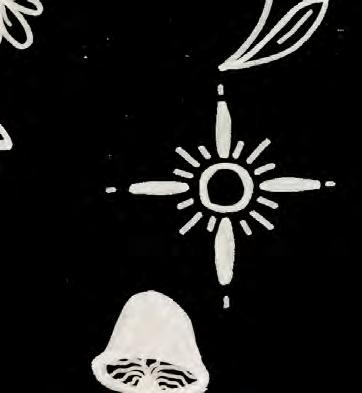
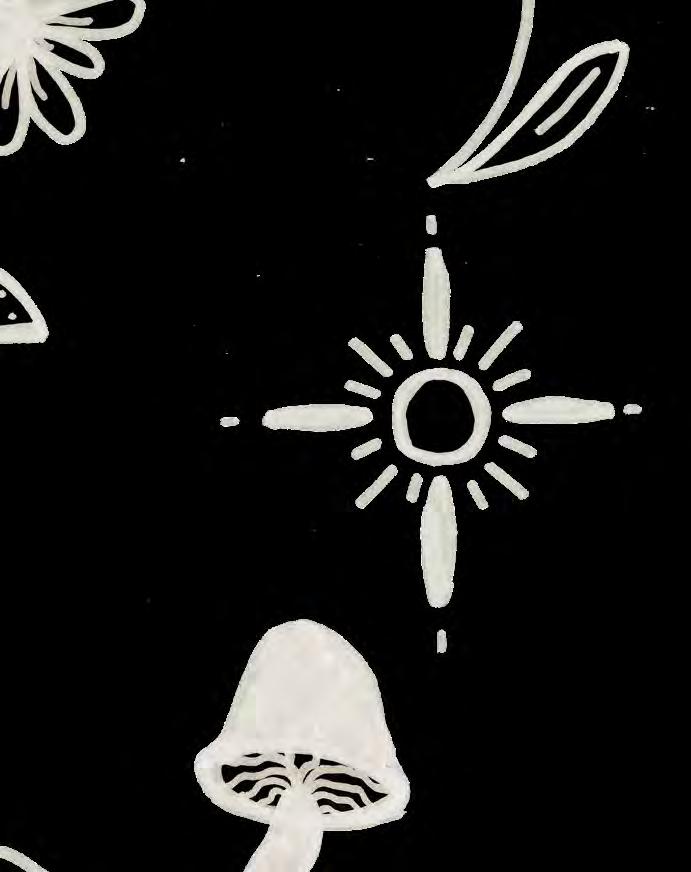
Advertisement
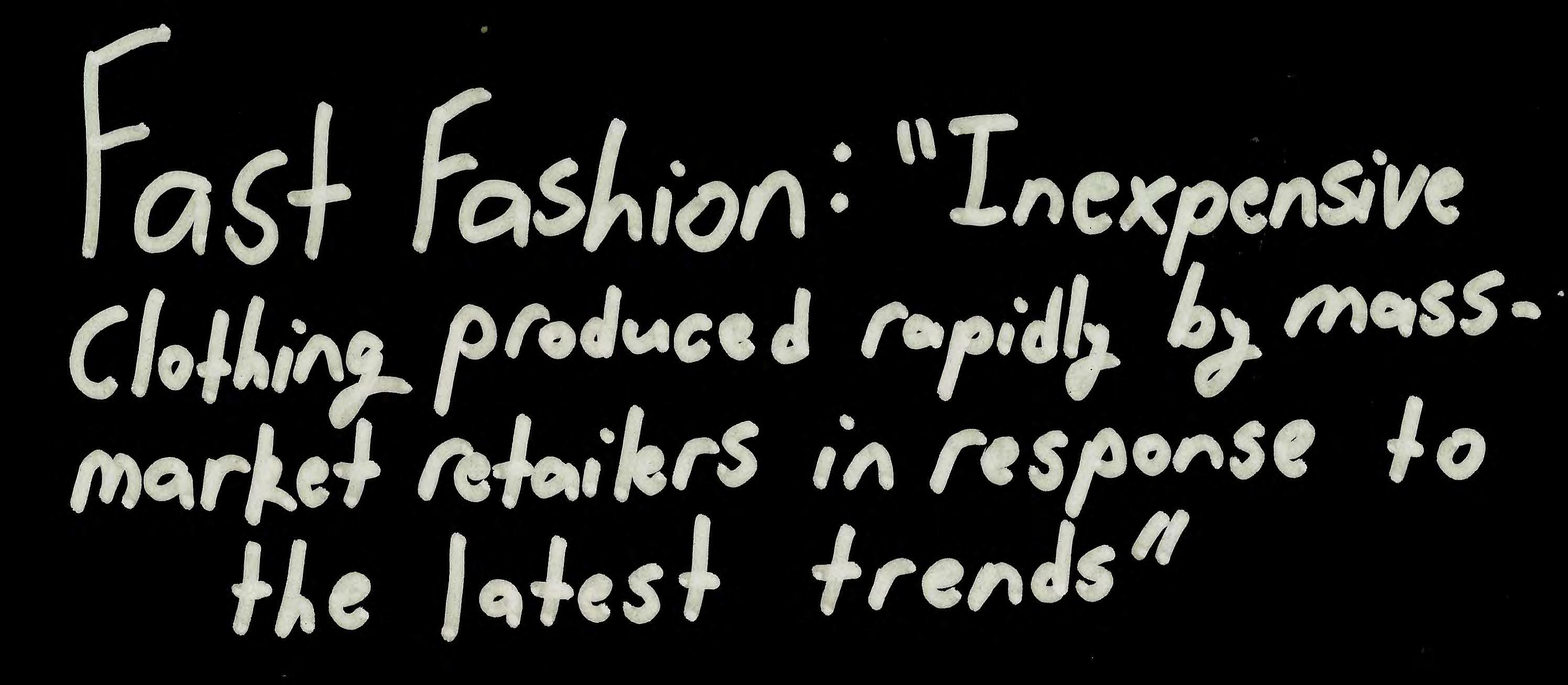
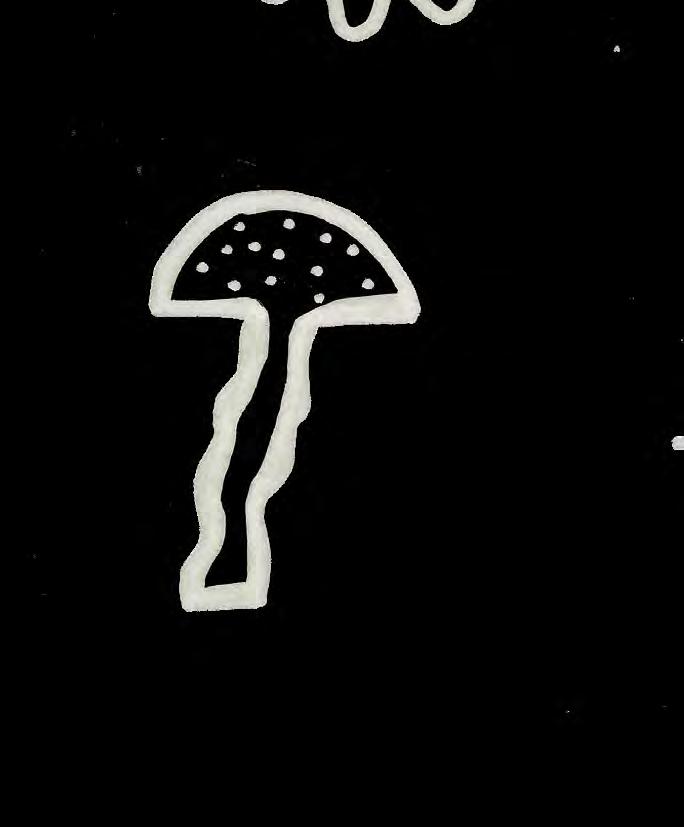
The Rana Plaza Collapse
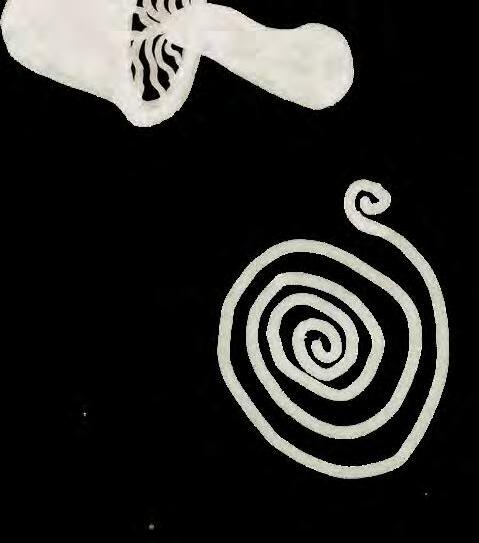
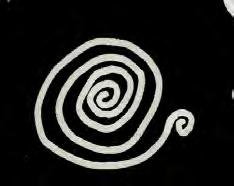
Six years ago, photographer and activist Taslima Akhter took the haunting photograph ‘Final Embrace’, showing two garment workers embracing in the rubble, killed by the collapse of the Rana Plaza factory complex in Dhaka, Bangladesh. Time magazine identifed the photo in its top ten of 2014 saying “A Final Embrace captures Bangladesh’s united grief of the Rana Plaza disaster in a single shot. No one knows who these two people are. The relation between them remains unidentifed”. “15 hours passed before she was saved from the remains.”
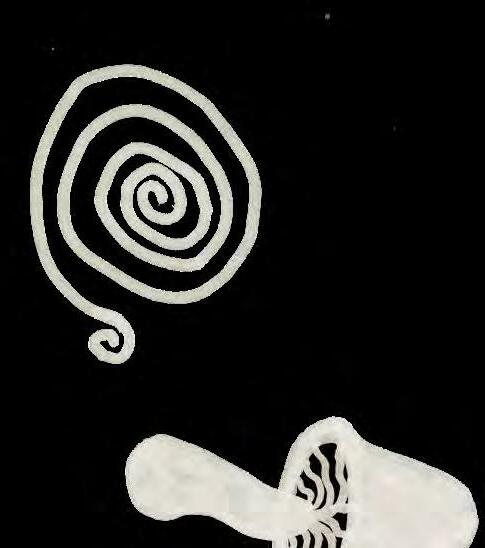
On the 24th of April 2013, Rupaly was working her usual job as a machine operator in the New Wave Style factory. On the day prior, workers noticed cracks spreading across the walls that were not there the previous day, for this reason, they refused to enter. The supervisors insisted that the situation wasn’t as serious as they made it out to be saying “should problems occur, we’d face them together”. The manager then threatened to cut the wages of the employees who refused to enter as normal workers. Rupaly reluctantly agreed to walk into the building. They had only worked for a short time when Rupaly felt the foor underneath her feet began to sink. She attempted to run, however, the dividers encompassing her imploded. Everything was thundering, and in her desperate bid to escape, she fell. The following thing she recalls is being unable to move, with two bodies lying directly opposite to her. She understood that there were living Individuals close by, yet she was unable to see a thing. More than 15 hours passed before she was saved from the remains.
Rupaly couldn’t work for a year after the accident. She managed to sustain herself with help from private individuals, NGOs (Non-Government Organisations) and the State in the form of donations. She also had the emotional support of her husband Farid and her daughters Fahmida, 10, and Fahima, 7. When she fnally did return to work in 2014, the very frst garment factory she laboured in caught fre within weeks of beginning work. Nobody died in the incident but it was a major blow to Rupaly’s mental health, meaning she required a lot of courage to start work within a factory again. Four years after the collapse of Rana Plaza, Rupaly feels that the memories of the accident are not haunting her as much. “I feel stronger and braver than before”, Rupaly says. Before the disaster, Rupaly didn’t give much thought to society and politics; she saw herself as being responsible for her misfortune. Later, she came to understand that the factory owners and fashion brands bore the responsibility for the Rana Plaza factory collapse. Rupaly says that she now knows that workers and women have rights. Since this tragic incident, Rupaly has received a compensation fee of £4000. With this money, she has been able to buy a small property in her home village where she plans to build a house for her family.
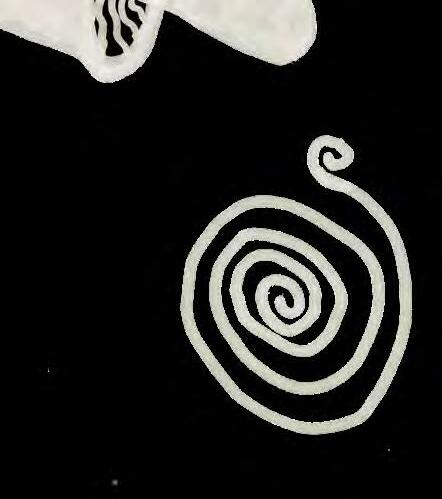

This disaster was the catalyst of a fashion revolution starting to be seen around the globe. We can see how far this movement has come in the short time it has been alive thanks to the various organisations such as Tearfund or GoodOnYou working tirelessly to bring to light the true horrors of the fashion world.

Well, known, high-end Brands such as Gucci, Prada, Versace and Moncler all fashioned garments at the Rana plaza. Each of these fashion houses ensures that the image they portray is one of class and high stature, yet they manufacture clothing items at dirt cheap prices, Utilising the cheapest labour possible. The legal minimum wage in Bangladesh sits at NZD 138 per month, meaning that workers are paid a minimum wage of $1.20 per hour of labour. The cheapest item I could fnd on the Gucci website was a singular pair of socks that cost an absurd NZD 205, with the cheapest t-shirt on their website sitting at NZD 650. For a brand charging such a high premium for its items, you’d think they would focus on where their clothing items are being produced, resulting in happier workers and better quality items. Yet Gucci seems to have no intentions to make a change. The individual scoring systems used by GoodOnYou.eco and cleanclothes.org both rate Gucci dismally low. With “Worker Empowerment” and “Commitment and Practice” not breaching the 2/10 resulting in an overall score of 4/40 on cleanclothes.org. A statement from cleanclothes.org states, “Gucci says it produces 100% of its goods in Italy, where it says rights are upheld. However, the company has more than 3,000 subcontracted suppliers and it is unclear to us what its policy is for upholding rights in these workplaces. Previous casework found some Gucci products (uniforms for employees) being made in Turkey. More efort than a simple statement in a policy document is needed.”
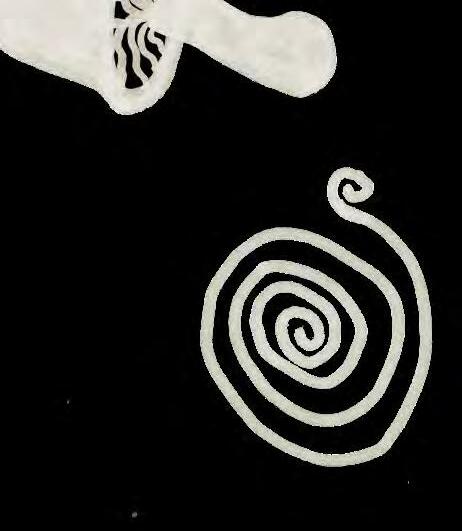
“Fast fashion brands use open-loop productions cycles that pollute water and land” (The New York Times, 2019)
Around a decade ago, an Australian ecologist by the name of Mark Browne was in the process of examining shorelines around the world with the expectation that he would fnd fragments of plastic from common items like packaging and bottles. What he found instead were thousands upon thousands of microfbres – tiny fragments of polyester, nylon and acrylic. They accumulated around sewage outlets and, as it turned out, could be traced back to our washing machines. These fragments of plastic-based clothes were coming out in the wash, travelling through sewerage and storm-water systems and ending up in the sea.
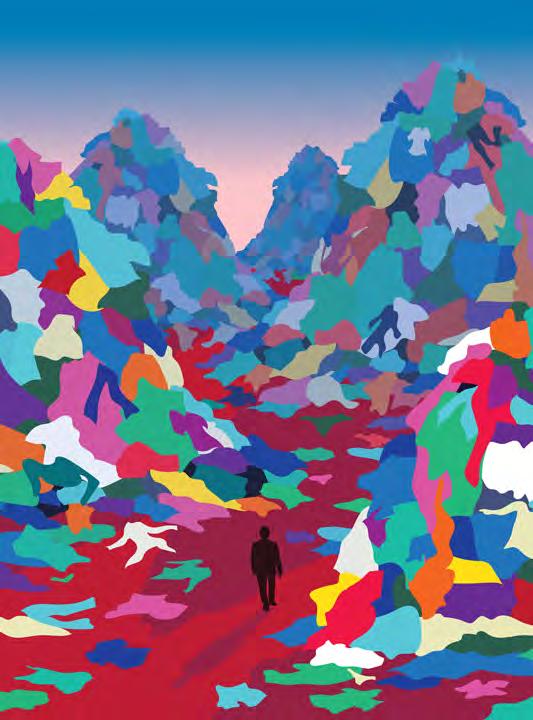
Browne continued his journey across shorelines from Oceania to Asia and Europe to the Americas. On every single shoreline that he studied, he found the same result. The microfbres washed out to sea via washing machines were and still are an epidemic that is overshadowed by everyone talking about the plastic microbeads and packaging coming from other industries. These plastics come from major overconsumption of clothing across the globe. Clothing is produced under slave labour in poor countries with workers unable to fend for themselves, shipped to a large empire of multi-billion dollar corporations like Zara, H&M or Fashion Nova, stacked on shelves across the globe, washed and worn a few times in some household, then chucked away for the ocean of tip to consume. As far as life cycles go, the fashion industry may just take the crown as the most unsustainable cycle on the planet.
Gucci may have 400 legitimate, high-end retailers, but this fgure is overshadowed almost tenfold by the 3000, undocumented subcontracted houses utilised to creates its catalogue of clothing. They like to display and publicise the glamorous side of the business in Italy (where workers are still on minimum wage) and keep the rest of the iceberg concealed where the real production for the fashion house occurs. The sad thing is, Gucci is by no means the worst when it comes to the ethical production of non ethical clothing 56

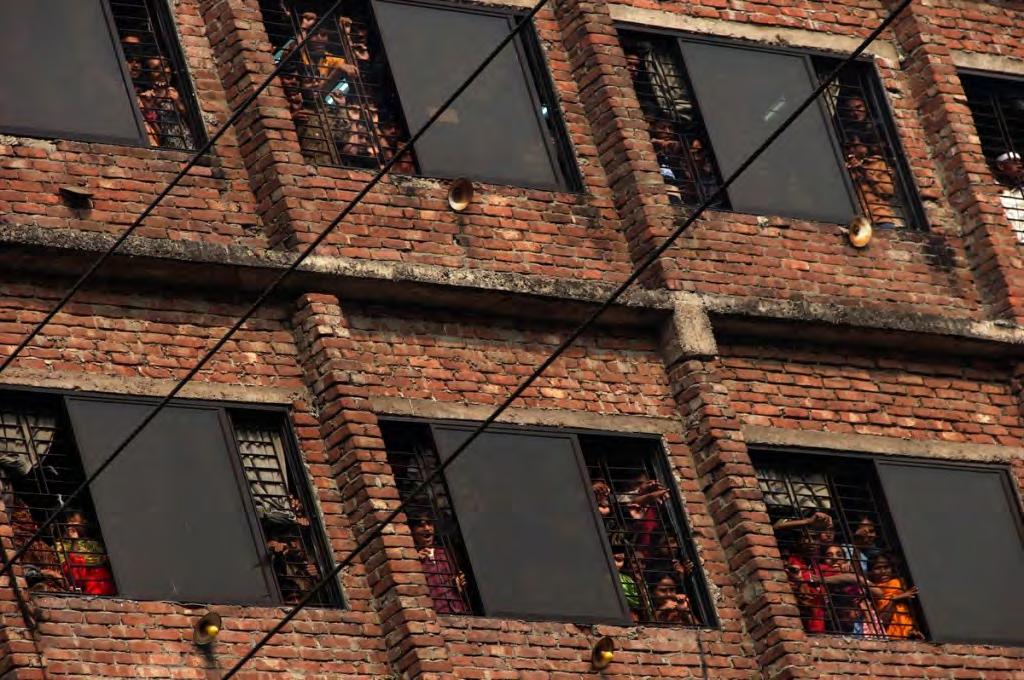
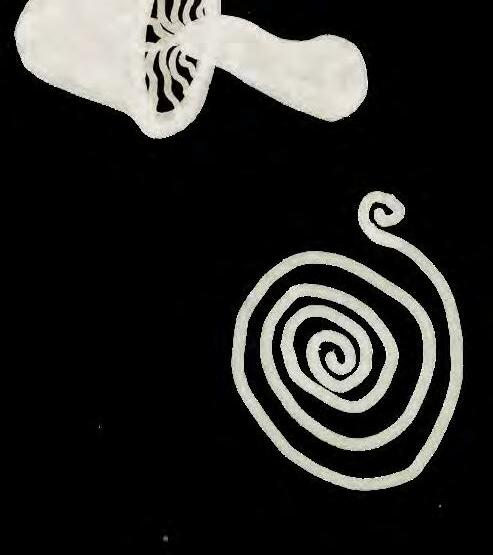
Workers are locked away by authorites in Bangladesh
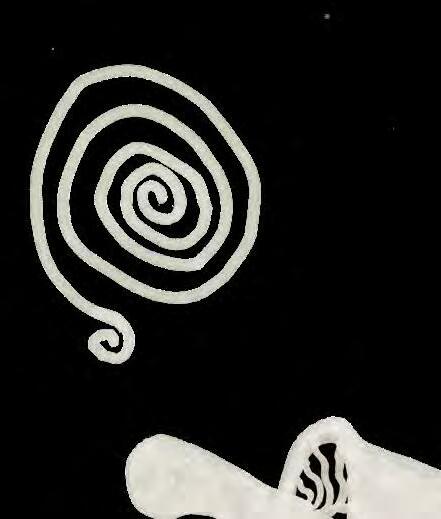

A mother strugling to support her two hungry children in less than ideal living conditions
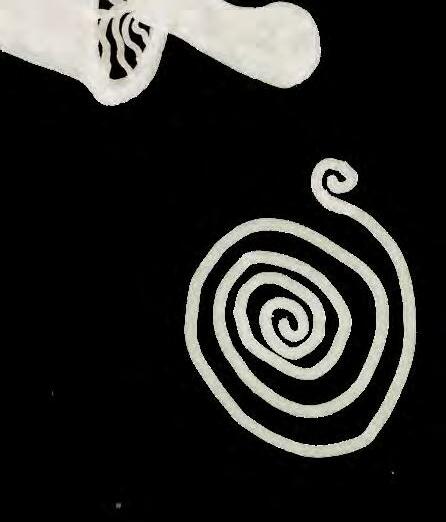
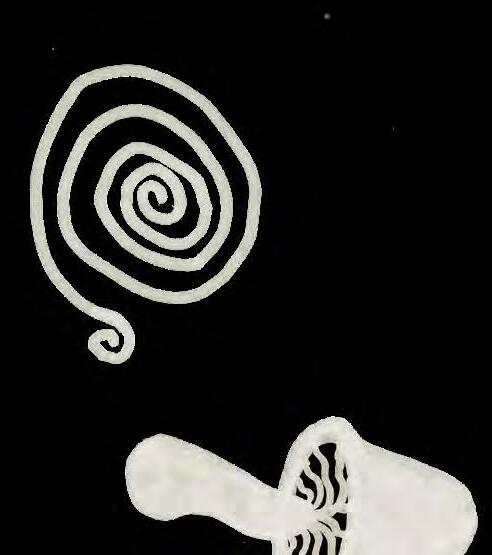
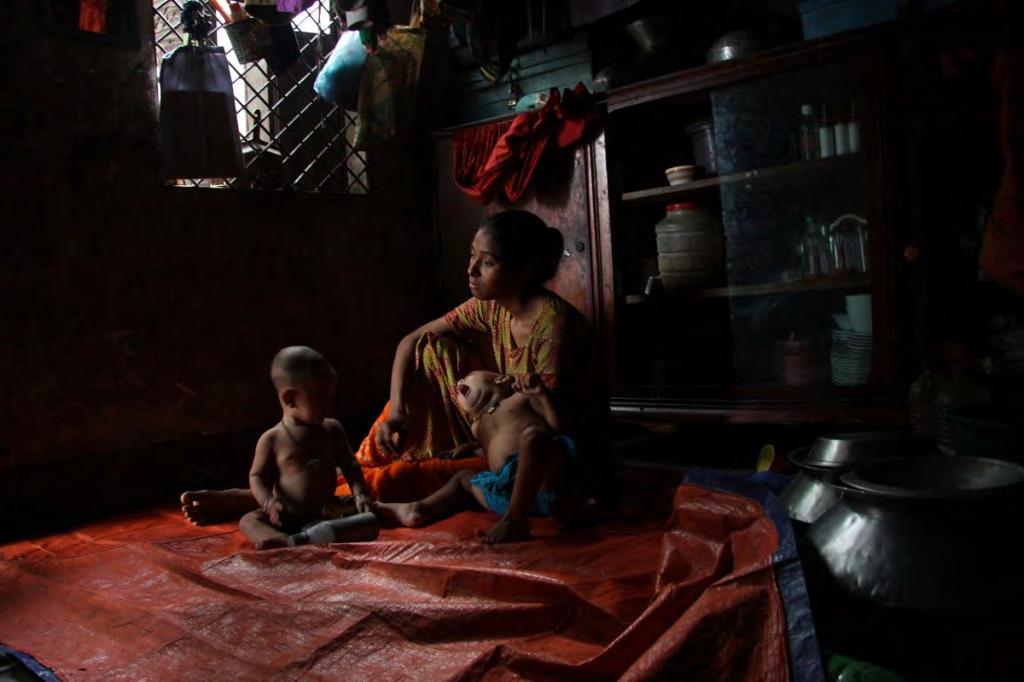
Firefghters attempt to put out a fre at a garment factory in Tazreen as many familys and workers wait outside for the 124 missing people still inside
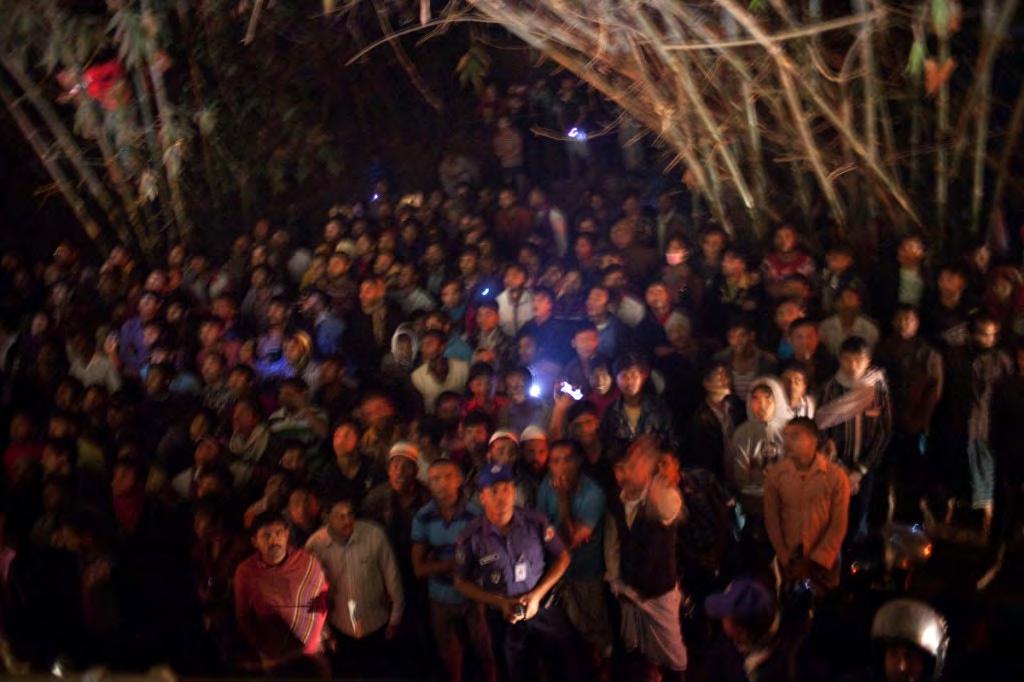
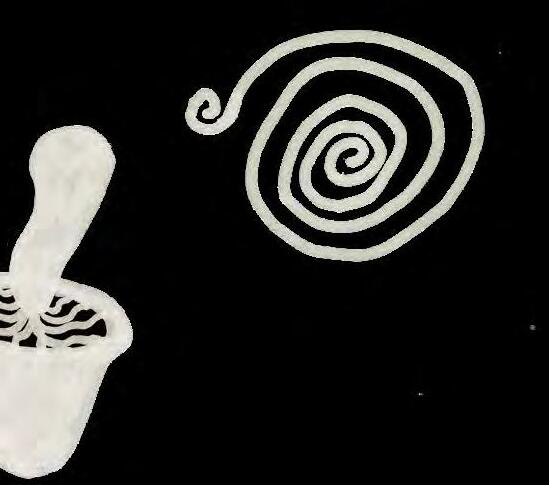


Tearfund NZ is trying to combat this very issue by educating and implementing strategies to help people in NZ shop with ethicality in mind. They have achieved this through the production of the 2019 Ethical fashion guide where a huge catalogue of brands and fashion houses have been rated depending on their productions and ethics and the 2020 covid Fashion report where tips are given on how to shop sustainably while maintaining whatever style you may like. I managed to get in contact with Ian McInnes, the CEO of Tearfund NZ. Here are a few questions I had to ask him about the fast fashion industry in New Zealand.

What is the future of fast fashion in New Zealand?
“Most people in NZ buy an estimated 60 and 80 items of clothing a year (based on US stats). Three-quarters of the clothes we buy are seldom worn. These trap garment workers in poverty, clog our wardrobes, our landfll sites and ultimately end up as microfbres in our rivers and oceans. We need a diferent circular economy – one in which we buy what we need, wear it for a good length of time, repair it when it frays, and recycle it to someone else who will love it second hand just as much as we loved it new.”
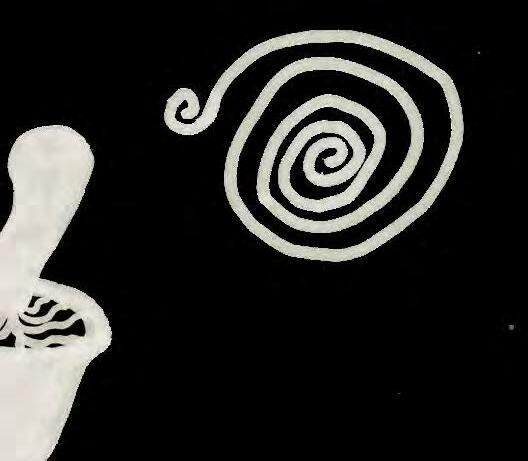
Are we seeing a conscious change in the way NewZealanders are shopping? Can ethical clothes be made on a budget?

A helpful explanation of fast fashion’s production model, and why cheap clothing means someone else is paying the actual cost: One of the main issues with fast fashion is that it’s built on a production model that exploits people and governments with weaker labour laws. It goes like this: we, the consumer, want cheap clothes because we consume so much of them. So, companies have to make sure their clothes are produced as cheaply as possible while still maintaining a high proft margin. A key cost in the production of goods is the cost of labour. By vastly reducing this cost through outsourcing labour to countries with less strict employment laws and really low minimum wages, it becomes extremely proftable for a company to sell products at lower prices. The issue here is that garment workers are the ones paying the unpaid cost. Factories in places like Bangladesh or India are under massive pressure because in order to keep major clothing companies from just picking up and moving to another, even cheaper supplier, they have to keep their labour costs low and ensure that they complete the massive orders on time. The consequences of this are two-fold: garment workers are paid very little (they’re often paid by the hour or per piece of clothing), so then they’re forced to work extremely long hours just to 1. make enough money to survive on and 2. ensure the clothing orders are fulflled and they get the job done.
So to your question, “Can ethical clothes be made on a budget?”. Currently, there are brands who will, for example, buy clothing at about $2 per piece and then sell it for upwards of NZD $40. One necessary change for clothing to be ethical is the guarantee that the worker making the clothes is paid a living wage. This means brands need to factor in a living wage for garment workers at the start, and be willing to pay more per item, which means they either need to raise their selling prices in NZ or accept a lower proft margin. To make it ‘budget friendly’ for New Zealanders, companies really have no choice but to accept lower proft margins. I believe there needs to be a fne balance between this, and us consumers recognizing that clothes shouldn’t be cheap, and we need to just learn to buy less of them so that we can spend a bit more on each item.
“Yes. There is a growing segment of consumers who care about how their clothes are made and disposed of, and how workers are treated in the process. We’re seeing more and more awareness as people consider which brands to buy. Many want to know how their favourite brands are graded and what they’re doing to counter the negative impacts of the fashion industry. The easiest way for us at Tearfund to tell this is on downloads of our Ethical Fashion Guide which sit at around 8,000 to 10,000 downloads most years. But we know that many more are aware of the news items around fashion consumption and slavery issues in fashion and are uneasy with fast fashion. Also, the second-hand clothing market is booming – and this is made up of very conscious consumers, many of whom have cut back on new purchases and fnd they can dress just as well from well-run recycled clothing stores.”

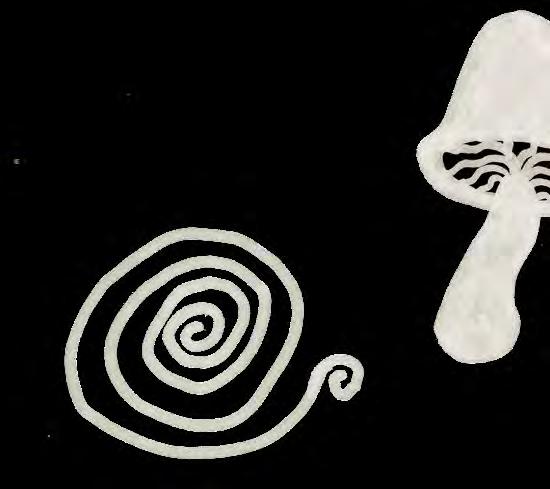
Why did Tearfund start the Ethical Fashion Guide? Is the climate or people aspect of fast fashion more harmful?

“Tearfund started Ethical Fashion Guide in 2016 to tackle slavery in the fashion industry. There are 65 million garment workers employed in the Asia-Pacifc region alone. Too many faced appalling conditions in the factories that supply leading global fashion brands. We thought consumers would care about that and this proved correct. We’ve since added environmental factors to our survey which grades companies, as consumers care about that as well and there are plenty companies can do to minimise toxic waste and reduce water consumption – two further problems which the fashion industry must get right, alongside paying living wages to garment workers.” “Both. As a planet of consumers who employ millions of workers in the garment industry we simply have to get both parts of this right. Fast fashion is unnecessary. We need an economic model that enables slow, quality fashion at prices high enough to enable families - in Bangladesh say which employs 4.5 million garment workers - to raise their standard of living, not just eke out a living. We also need regulation strong enough to control hazardous waste and minimise the destructive side of the industry. Ultimately we as consumers need to be a lot more considerate in what we buy, only buying what we need and wearing it out! How old fashioned is that!”

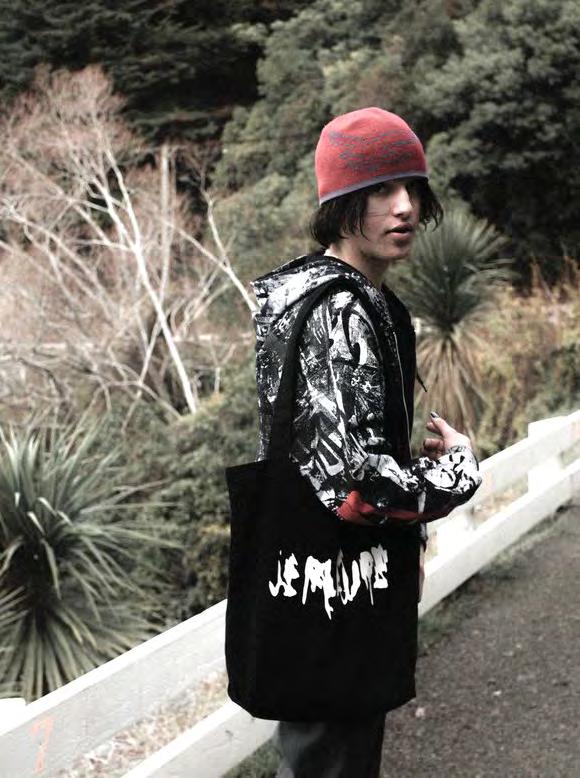
Je Pleure is a local NZ brand that frst caught my attention as the logo has the same initials as mine. After digging further into their catalogue, it became apparent that I’d stumbled across a hidden gem. Je Pleure creates intricate pieces of clothing with a dark feel to them. They ooze style and originality in a way that I haven’t seen before. Even the pricing isn’t too steep by ethical clothing standards. “The name Je Pleure is French for - I’m Crying. The reasoning behind this nwame is because the imagery of crying displays many emotions with endless meanings. A name like this helps me portray unlimited thoughts into my work, it helps me create personal, worldly, or made-up feelings in hopes that others will be able to relate. I think that crying is our strongest emotion which is why I like to be as raw as possible.” “Je Pleure is currently based in Dunedin, New Zealand. All products are of high quality and are produced ethically. So far Je Pleure has hosted 6 NZ showrooms displaying the latest collections and artwork, with a lot of work that has only been available to the ones who attend. Each showroom has helped me connect one on one with customers & artists as well as the joy of having my own creative space.” Story MFG is a brand that I frst saw last year and have kept a close eye on ever since. Their clothing items are by no means what you’d call cheap but every single step of their process is done in the most ethical way possible. From Natural dyes extracted from tree bark to paying all workers living wages, they set an excellent example for what all brands should be striving to achieve in future forms of themselves. I see their clothing as more of an investment for the enviroment than anything else. I can’t recommend checking out their website enough. I can guarantee you’ll fnd something that surprises you.
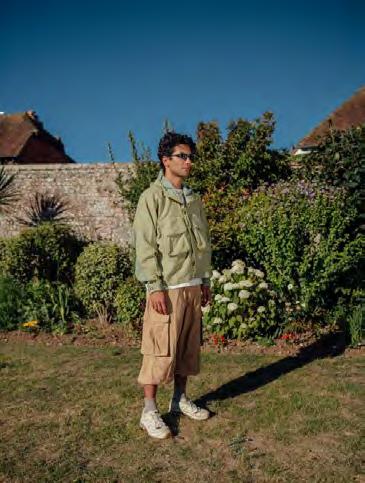
“STORY mfg. was born out of a desire for a more authentic, fulflling and kind approach to fashion -- one that doesn’t involve a trade-of between aesthetics and consciousness. We are a husband and wife team and work with a large group of dyers, weavers, embroiderers and tailors. We want to make things and choices that help change the fashion industry for the better and show that being considerate and kind (to people and the planet) is not only important but an enormous strength. We believe fashion can be a form of social activism and the STORY mgf. Can help create a more positive future.”
“I look forward to sharing with you the raw energy that makes Je Pleure what it is.”
There is no ‘waste’ in nature. A seed grows into a plant with energy from the sun, lives, dies and turns into life-giving soil for everything else. This approach of not only ‘zero impact’ but ‘positive impact’ is our ultimate goal.
We collect our natural fbre ofcuts from production and reuse them for lining, stufng or other items. If they’re too small to be used in that way they are driven down the road and turned into the paper which we use to make hangtags and packaging. While we use very little synthetic materials, what we do use is recycled or easily remove-able and widely recycle-able and we use no single-use plastics anywhere. Joel Purchas 59











